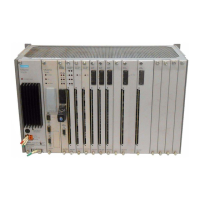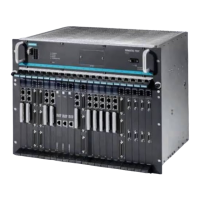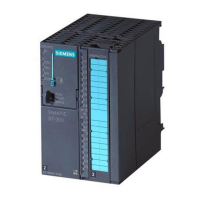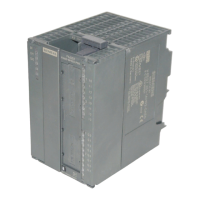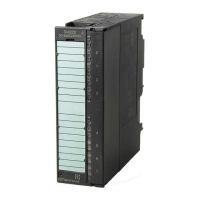The SINAUT Configuration Tool
6.6 TD7onTIM
TIM DNP3
172 System Manual, 12/2015, C79000-G8976-C253-04
The parameters of the basic settings for TIM subscribers with TD7onTIM relate to the
following:
● Configuration of the read/write cycle of the TIM
● Checking the source address when a message is received
● MODBUS polling cycle (only with MODBUS configuration)
Data to be sent by TD7onTIM, is read by the TIM over the backplane bus of the CPU and
received data is written to the CPU.
The TIM also writes system information to the CPU (see system objects "Watchdog",
"PartnerStatus" and "OpInputMonitor") and certain data is reset; in other words, 0 is written.
In the latter situation, this involves send trigger and command information that was read from
the memory bit area or data blocks. TD7onTIM ensures that these are reset to 0
automatically after they have been acquired. All of these procedures take place within a
defined and selectable read/write cycle.
The writing and reading of data takes place in consecutive read/write cycles. A basic cycle of
the read/write cycle of TD7onTIM is made up as follows:
1. Write all pending system information (see system objects) to the CPU and reset all
currently acquired send triggers and commanded entries. If no such data is currently
pending, there is no write procedure in the basic cycle.
2. Read all data of the send objects that were assigned to the fast cycle. If no objects were
configured for the fast cycle, this read procedure is omitted in the basic cycle.
3. Read data from some of the send objects that were assigned to the normal cycle. How
many objects per basic cycle will be read can be set by the user. Refer to the "Max. read"
parameter below.
4. Write data of some of the currently pending receive objects.
How many objects this can be as a maximum per basic cycle can be selected by the
user. Refer to the "Max. write" parameter below.
If less received data is currently pending than is permitted as maximum per basic cycle,
only this subset is written in the basic cycle.
If there is currently no received data from the remote partner, this write procedure is
omitted in the basic cycle.
5. Cycle pause (optional) to relieve the TIM and backplane bus communication.
With the "Max. read" and "Max. write" parameters and by specifying how many objects are
assigned to the fast cycle, the user can set the duration of a basic cycle. Essentially, this
specifies how fast the fast cycle really is: It is identical with the duration of the basic cycle.
With the default value 1 for the "Max. read" and "Max. write" parameters, the basic cycle has
the shortest possible duration.
It must also be taken into account that the make-up of the basic cycle decides how long
TD7onTIM requires to read all the data of the objects assigned to the normal cycle once. If,
for example, 12 objects are assigned to the normal cycle and if "Max. read" is set to 2
objects per basic cycle, it takes 6 basic cycles until all the data of the 12 objects has been
read once completely from the memory areas of the CPU.
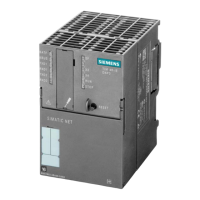
